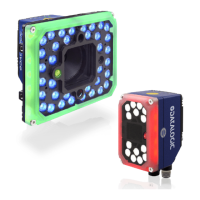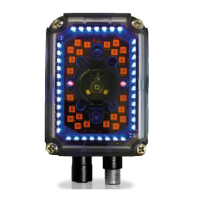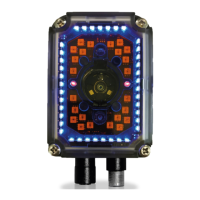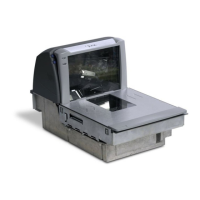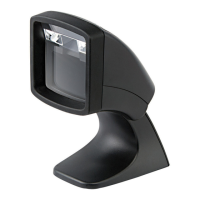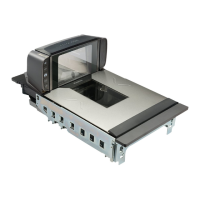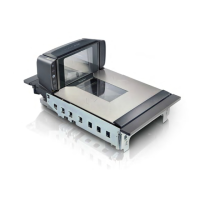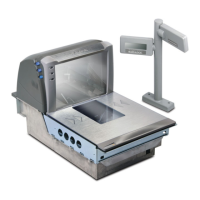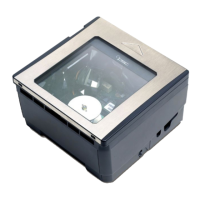SOFTWARE CONFIGURATION
146
MATRIX 220
INTERNAL NETWORK CONFIGURATIONS
Internal Network configurations (also called Master/Slave configurations), are designed
to collect data from several devices connected together in an ID-NET™ network and
send data output to the Host system.
DL.CODE has a Net Autoset feature for the Inter
nal ID-NET Network which automatically
recognizes and assigns addresses to all connected Slave readers.
In order to automatically recognize the ID-NET Slaves, all devices must be physically
i
ns
talled and electrically connected (including ID-NET network wiring).
The general procedure (also detailed in the following paragraphs) is to:
1. Mount all the readers mechanically (refer to "
Mechanical Dimensions" on page 55
and "Mounting And Positioning Matrix 220" on page 60) and electrically (refer to "ID-
NET Interface" on page 75
) with factory default settings (Layout Type = Alone, Inter-
nal Network Role = Slave).
2. Run DL.CODE and verify that all the devices are discovered and shown in the
device lis
t area.
3. Connect to the designated Master device in DL.CODE and open the Setup In
ternal
Network Configuration. You will be prompted to change the device to Master.
Click OK. The Slave units will automatically be recognized. See "
Master Configura-
tion" on page 147.
4. Depending on the application, select Set Default Multidata Configuration or Set
Defa
ult Synchronized Phase Mode Configuration.
5. Connect to each Slave reader via Ethernet and set the Slave specific parameters
depending on
the application type. Save each Slave specific configuration. See
"
Multidata ID-NET Network Configurations" on page 149 or "Synchronized ID-NET
Network Configurations" on page 154
.
6. For Synchronized networks Verify/Test network performance. See "
Verify Master/
Slave Synchronized Configuration" on page 158
.
7. Perform the Backup cu
rrent Internal Network configurations procedure. See
"
Backup" on page 162.
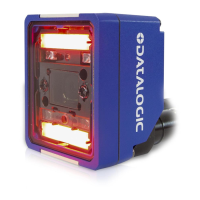
